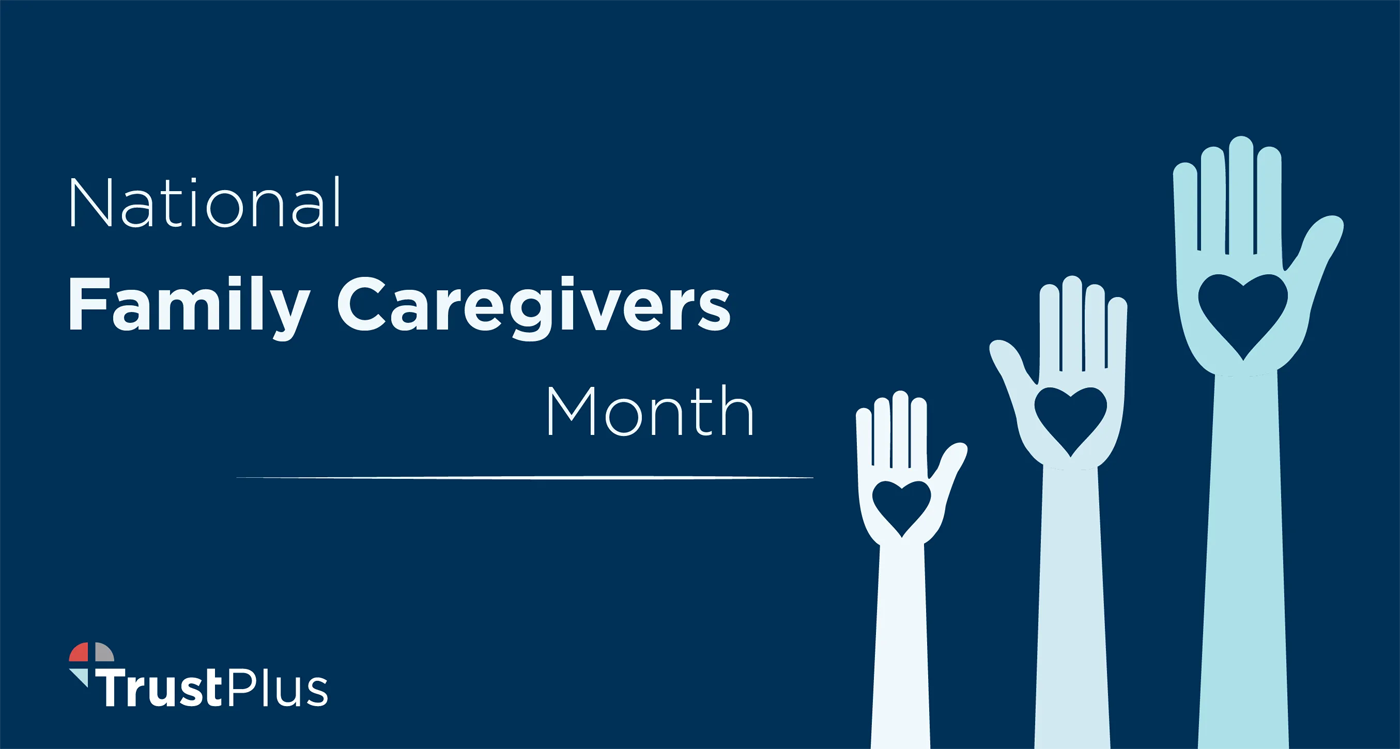Household bills, lack of emergency savings, replace retirement savings for the first time as the top financial stressor according to the fourth annual Workplace Wellness Survey from the Employee Benefit Research Institute and Greenwald Research.

Nearly six in ten U.S. workers struggle to balance work and caregiving responsibilities, according to the fourth annual Workplace Wellness Survey from the Employee Benefit Research Institute (EBRI) and Greenwald Research.
While these findings aren’t all that surprising to those of us who follow the sector and are celebrating today the start of National Family Caregivers Month, they do shine a spotlight on a growing challenge among the fastest growing workplace identity group, making up around 73% of the workforce.
To every family caregiver, this month, every month, we salute you!
We know it’s hard:
- Among caregivers assisting with activities of daily living or instrumental activities of daily living, three in four struggle to find balance.
- Caregivers struggling with physical, financial, and mental health are not alone.
- They’re experiencing challenges amidst a larger economic and workplace environment in which most workers say financial concerns distract them from work, per EBRI and Greenwald Research.
Emergency savings, paying household bills overtake retirement as top financial concern
The nature of their financial concerns, what they’re most stressed about, is also shifting:
“What we found surprising is that this is the first year that saving for retirement is not the primary financial stress factor for employees. Instead, we found that day-to-day issues like emergency savings and paying for household bills are top of mind for workers,” said Jake Spiegel, research associate, Health and Wealth Benefits, EBRI.
Overall, 74 percent of U.S. workers are moderately or highly concerned about their workplace well-being; nearly three-quarters cited a similar level of concern about their emotional well-being or mental health; and a quarter of them rated their mental health as fair or poor, per the survey.
Workers are also worried about how macroeconomic storm clouds on the horizon will impact their own financial health: More than four out of five workers are at least somewhat concerned that there will be a recession in the next year or that inflation will remain high for at least the next 12 months.
When your workers are stressed about their finances, their (physical and mental) health and productivity suffer, as do profits and social impact.
Solutions for employers
Explore rolling out emergency savings benefits under Secure 2.0.
Given that the primary financial stress factor for employees is now a lack of emergency savings and simply being able to pay day-to-day household bills, smart employers are exploring emergency savings benefits for workers.
As Holly Verdeyen, U.S. defined contribution leader with consulting firm Mercer, says, “Emergency savings is really the cornerstone of a financial well-being program. These plans can be particularly attractive to employers with a large portion of employees living paycheck to paycheck.”
Secure 2.0, the historic law intended to boost retirement savings nationwide, provides defined contribution plan sponsors a new way to help employees save for emergencies.
Sponsors of 401(k), 403(b) and governmental 457(b) plans can offer non highly compensated employees pension-linked emergency savings accounts in plan years beginning after December 31, 2023.
“Employees would contribute to these accounts on a Roth basis and could make withdrawals as frequently as monthly,” writes Mercer’s Matthew Calloway, Brian J. Kearney, and Margaret Berger.
Explore paid family leave as a net positive for employers.
Stanford Scholar Maya Rossin-Slater says there’s “quite a bit of evidence that paid family leave is beneficial for family health and well-being outcomes, in terms of infant and maternal health and overall financial stability, especially in low-income families.”
Better yet for cost-conscious employers (who isn’t?), Rossin-Slater et al in a study for the National Bureau of Economic Research found no indication that paid family leave was burdensome for businesses.
They did find “an increase in average ratings of employee commitment and cooperation, as well as an increase in their rating of the ease of handling lengthy worker absences. These impacts appeared to be driven by employers who had at least one employee use leave.”
Explore childcare benefits (as a cost saver?!).
Childcare, especially on-site or near-site care, is among the rarer benefits out there, but this is starting to change, as employers increasingly realize the real costs of workers struggling with care.
Prior to the onset of the pandemic, inadequate childcare was costing working parents $37 billion a year in lost income and employers $13 billion a year in lost productivity.
During the pandemic, working parents lost eight hours per week on average due to a lack of childcare. Combining reported hours lost for the individual as well as their spouse/partner, researchers writing in Harvard Business Review found an even greater loss of 14.6 hours per week. “This is similar in magnitude to the loss of hours due to staff reductions, loss of business, or lack of remote work available.”
Plus, anecdotally, those who have tried offering onsite care tend to say great things: “When I spoke to former Medtronic Chief Executive Officer Bill George last month, he mentioned that the company had put in a day care a couple of hundred yards from the office during his tenure to make drop-offs as easy and convenient as possible. He had had some reservations at first, but it worked so well that he could see it as part of a broader, post-Covid push to make offices more attractive than remote work.”
Smart employers recognize the rising financial challenges facing workers nationwide, especially caregivers, and are augmenting their benefits packages accordingly.
Emergency savings solutions and personalized financial wellness solutions like financial coaching are making their way into more employer benefits portfolios, easing workers’ every day money worries while boosting health and productivity.
Now, that’s something to celebrate, this National Family Caregivers Month, and every month.






